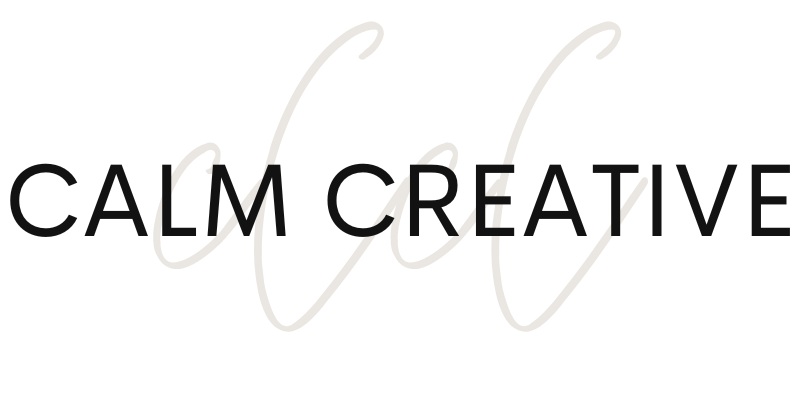Killer Therapist Website Design for Better Engagement—the (Really) Easy Way
Stand out to new potential clients with this quick-and-easy guide to enhancing your therapist website design. Discover tips for a user-friendly, authentic online presence.
Did you know?
Your therapist website is often the first interaction potential clients have with your practice. And a well-designed, easy-to-use website can make all the difference in turning those visitors into clients.
Today, we're diving into how you can enhance your therapist website design to foster better engagement and showcase your unique therapy practice…
And we’re keepin’ it short and sweet!
The Power of First Impressions
Picture this: a potential client finds your website. In the first few seconds, they unconsciously assess its aesthetics, ease of navigation, and the clarity of information. If your website is confusing or looks outdated, they're likely to leave…
Before they even read about your skills and qualifications as a therapist.
This underlines the importance of a clean, modern, and intuitive therapist website design. It needs to convey professionalism, instill confidence, and encourage visitors to engage more with what they find there.
Intuitive Navigation is Key
Ease of navigation is crucial in therapist website design. Can your visitors find the information they need without hassle? Key pages such as "About Me", "Services", "Fees", and "Contact" should be easily accessible from every page. A well-structured, intuitive navigation menu can make this a breeze.
Personalize Your Homepage
Your homepage should succinctly reflect who you are as a therapist and what you offer. Avoid overwhelming visitors with too much information. Keep it simple, authentic, and personable. Include a welcoming photo of yourself, a brief introduction, your specialties, and an easy way to contact or book an appointment with you.
User-Friendly on All Devices
The number of people who browse the internet on their mobile devices is increasing daily. If your therapist website design isn't mobile-friendly, you could be missing out on potential clients.
Ensure your design is responsive, meaning it adjusts to fit the screen size of any device—be it a desktop, laptop, tablet, or smartphone.
Use High-Quality Images
Visuals play a crucial role in creating an engaging, attractive website. High-quality images add professional polish and can evoke emotions that resonate with your potential clients. Whether they're pictures of your office or stock images reflecting mental health, ensure they're high resolution and relevant to your content.
Create a Blog
Maintaining an informative, easy-to-read blog is an excellent way to attract and engage visitors. (SEO, anyone?!) Regular, insightful articles show your expertise, build trust, offer value, and provide resources for your potential clients.
Speed Matters
Webpage loading speed is a critical—but often overlooked—factor in user experience. Slow-loading sites can lead to high bounce rates (visitors leaving the site quickly), as online users tend to have little patience for delays.
Because of this, optimizing your therapist website design for speed is a must.
Clear Call-To-Action
Last but not least, make it easy for potential clients to take the next step! This could be booking a consultation, signing up for your newsletter, or downloading some kind of resource. Ensure your call-to-action is clear, compelling, and visible on all pages.
Therapist website design might seem like a daunting task, but remember, the goal isn't to create a perfect website—it's to create a website that feels inviting, reassuring, and user-friendly for your potential clients.
After all, it's an extension of your therapeutic space, welcoming visitors in and providing them with a glimpse into the journey they could embark on with you. By enhancing your website's design, you're taking an essential step in transforming visitors into clients and growing your practice!
Need an example of that clear call to action? Try this one on for size!:
*Not your nightmares. We don’t specialize in those.

